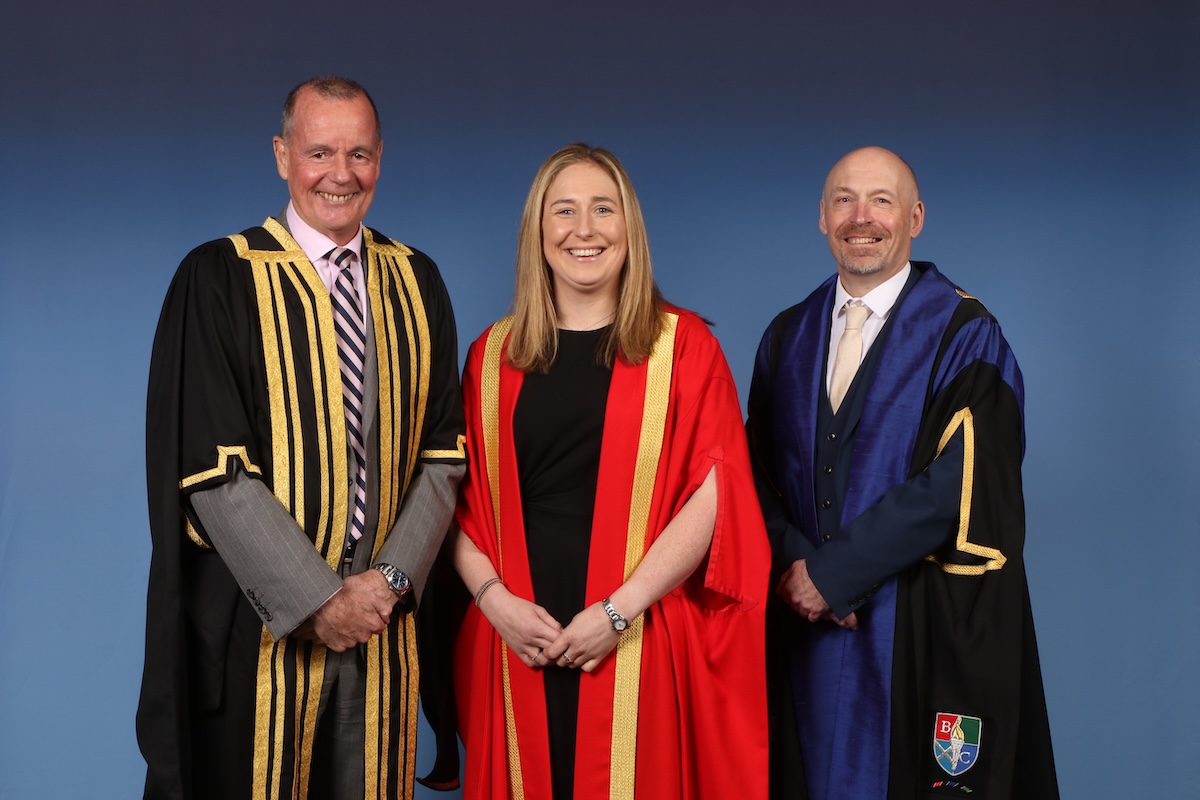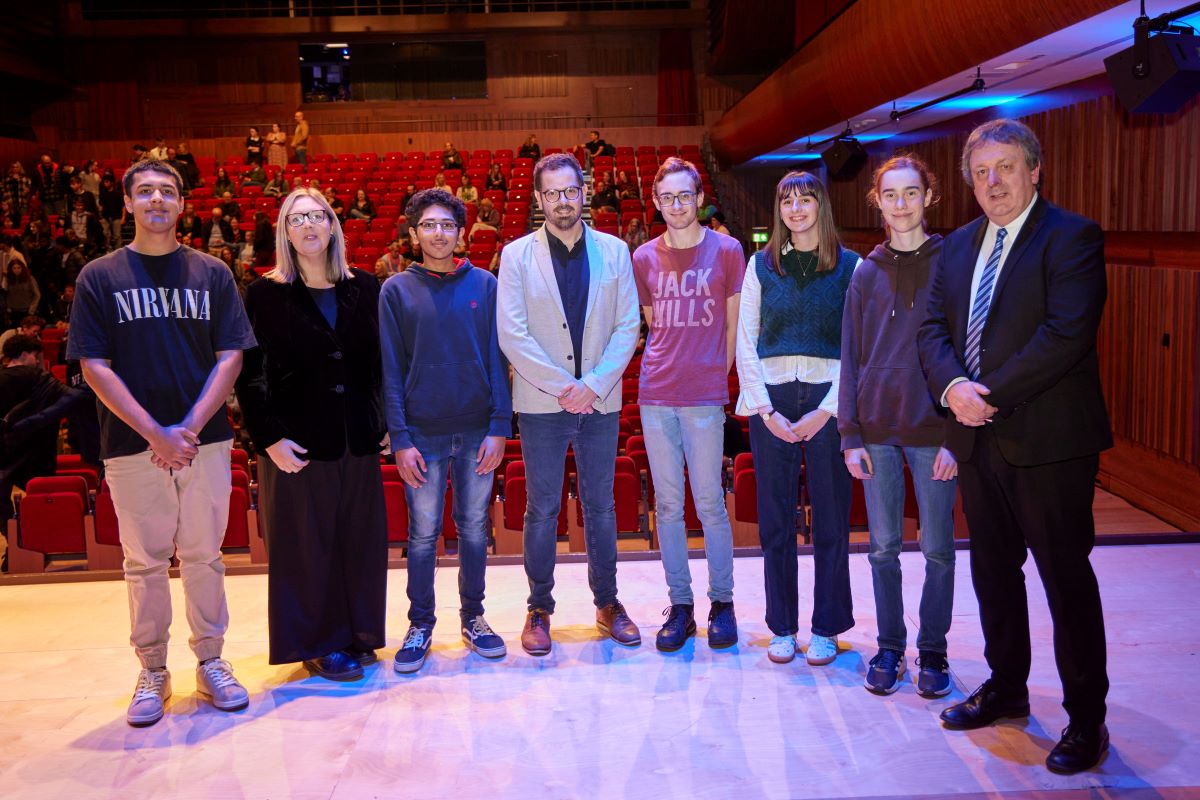Unveiling Tribal Leadership in Higher Education: A Closer Look at FE and HE Institutions

In the realm of leadership, the concept of “Tribal Leadership,” as elucidated by Dave Logan, John King, and Halee Fischer-Wright in their seminal book, holds significant relevance. This theory posits that organizations, or “tribes,” exhibit distinct cultural stages that influence their effectiveness and success.
In this blog, we will delve into the question: “Do you find tribal leaders in Further Education (FE) and Higher Education (HE) institutions, particularly among neuro-diverse leaders?” By exploring the parallels between tribal leadership theory, neuro-diverse leadership, and the educational sector, we will uncover the potential impact of tribal leadership on FE and HE environments.
Understanding Tribal Leadership
Before delving into its applicability in the education sector, let’s briefly revisit the key tenets of tribal leadership. The authors classify organizations into five stages based on the mindset, values, and behaviour patterns of their members. These stages range from “Life sucks” to “Life is great,” with each stage representing a shift towards more constructive and collaborative dynamics. The goal is to move organizations from a focus on individual struggles to collective success.
Tribal Leadership in Education
Stage One – “Life Sucks”: In this stage, individuals primarily focus on their challenges. While not overtly prevalent in educational institutions, pockets of such pessimism can arise, often fueled by factors like budget constraints, policy changes, or a lack of resources.
Stage Two – “My Life Sucks”: Here, individuals form small groups where they bond over shared grievances. In the context of FE and HE, this stage could manifest as departments or teams that complain about workloads, bureaucracy, or administrative hurdles, hindering collaboration and innovation.
Stage Three – “I’m Great (and You’re Not)”: As individuals move towards a more self-assured perspective, they seek recognition and competition. This stage might be found among academics striving for recognition through publications or grants, potentially fostering a sense of rivalry rather than collaboration.
Stage Four – “We’re Great (and They’re Not)”: The shift here is towards a focus on collective achievement. Some academic departments or research teams in HE institutions might exemplify this stage, fostering a cohesive group identity and collaborative spirit.
Stage Five – “Life is Great”: This stage embodies an organization-wide sense of purpose and collaboration for the greater good. In the context of FE and HE, this could be exemplified by institutions that prioritize student success and faculty development, encouraging a culture of continuous improvement.
Neuro-Diverse Leadership in Education: Examples and Quotes
In the context of FE and HE institutions, neuro-diverse leaders bring unique perspectives that align with various stages of tribal leadership. Neuro-diverse leaders often possess exceptional problem-solving abilities, creativity, and a propensity for thinking outside the box. As Steve Silberman, author of “NeuroTribes,” aptly puts it, “Neurodiversity may be every bit as crucial for the human race as biodiversity is for life in general.”
Fostering Collaboration: Dr. Maya Garcia, an academic leader with autism, notes, “My unique cognitive processing enhances my ability to discern unconventional connections, contributing to more collaborative and innovative projects within my department.”
Cultivating Shared Values: Dr. Alex Chen, a neuro-diverse professor, emphasizes inclusivity, asserting, “My experiences have shaped my commitment to creating an inclusive environment. I encourage students to embrace diversity and seek different viewpoints.”
Empowering Leadership Development: Dr. Emily Li, an HE administrator with ADHD, reflects on her journey: “My ability to hyperfocus on tasks has allowed me to excel in strategic planning and execution. Recognizing my strengths has empowered me to lead with confidence.”
Aligning with Institutional Goals: Dr. Marcus Carter, a neuro-diverse researcher, believes in the power of purpose: “Neuro-diverse individuals often possess a deep sense of purpose. I’ve found that aligning my research with our institution’s mission has led to greater engagement and impact.”
Implications for FE and HE Institutions: Orchestrating Leadership Symphony
FE and HE institutions stand as dynamic crucibles for the cultivation of intellectual growth and societal transformation. Tribal leadership theory, synergized with neuro-diverse leadership, casts light upon potent avenues for harnessing cognitive diversity and elevating leadership efficacy.
Nurturing Inclusive Collaboration: By orchestrating the transition towards higher stages of tribal leadership, neuro-diverse leaders can catalyze cross-disciplinary collaboration, enriching the academic environment and fostering innovative solutions.
Cultivating a Mosaic of Values: Neuro-diverse leaders, by their very essence, draw from diverse perspectives. This attribute uniquely positions them to cultivate values that resonate with the diverse stages of tribal leadership, stitching together a tapestry of shared purpose.
Empowerment Through Understanding: Institutions that acknowledge the strengths of neuro-diverse leaders and offer tailored development pathways can unlock their potential, nurturing a generation of leaders who thrive through an acute understanding of their cognitive strengths.
Alignment with the Institution’s Core: Neuro-diverse leaders, rooted in purpose, can serve as conduits for aligning FE and HE institutions with their foundational mission. Their dynamic leadership can translate into an amplified impact on student success and academic excellence.
Conclusion
In the symphony of FE and HE leadership, tribal leadership theory and neuro-diverse leadership emerge as harmonious notes, weaving a tapestry of enlightened leadership. By embracing the stages of tribal leadership and harnessing the cognitive diversity that neuro-diverse leaders embody, institutions have the potential to elevate the academic landscape.
As FE and HE institutions navigate the intricacies of education, the harmonious symphony of tribal leadership and neuro-diverse leadership holds the promise of orchestrating innovation, inclusivity, and transformative growth. This integration, at its core, exemplifies the essence of leadership excellence in the complex terrain of education.











Responses